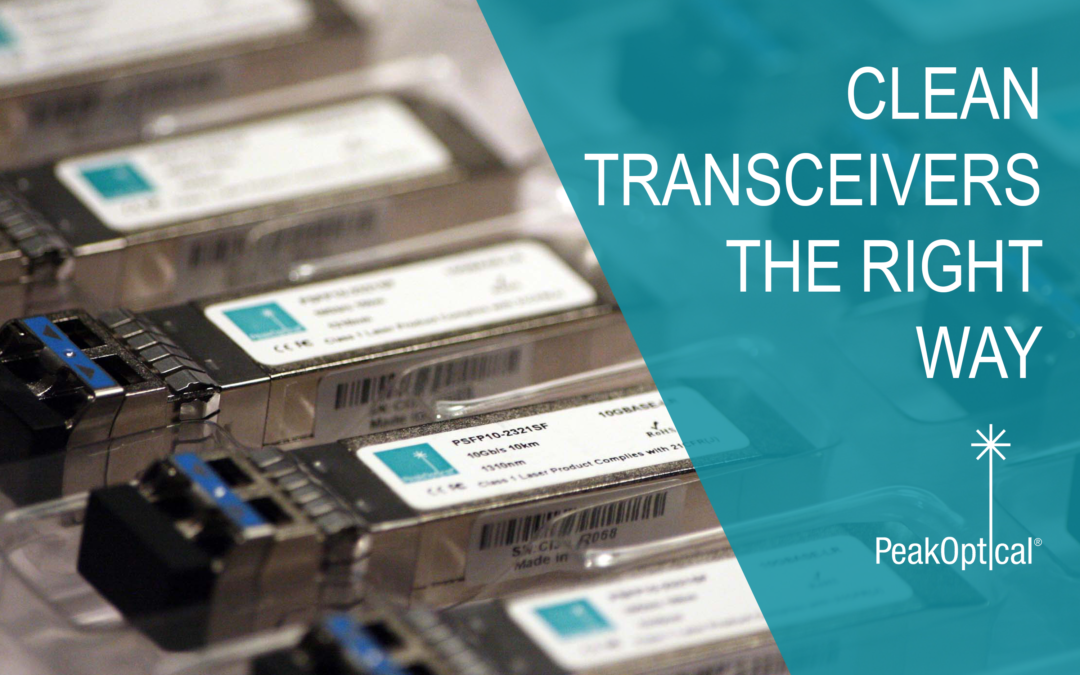How to properly clean fiber optic transceivers? The durability of your network infrastructure depends on how well you take care of your fiber components. Not cleaning the optical port of a transceiver at the right time and in the right way might cause contamination and network failures. So when should you clean it and how should you do it?
What you need to know from the very beginning is that the optical port of transceivers doesn’t need cleaning before every connection, only in the cases when there is a specific problem, otherwise they risk getting contaminated. If your connectors are clean, but you are still experiencing faulty signal from your equipment, then it might be a good idea to clean your transceiver.
Here’s what you need to do to properly clean fiber optic transceivers:
- Always clean dry air, Use an air duster to remove the dust particles. Might consider adding up some lint-free swab.
- First, you need to remove the dust cap from the optical transceiver and clean any particles.
- Use the lint-free swab (2.5 or 1.25 mm) with clockwise movements.
After you’re done using the lint-free stick, put back the transceiver’s cap. What you need to remember is always keep the cap inserted in the transceiver where you are not using and never use alcohol in your cleaning.
If you are in need of fiber optic cleaning kits, take a look at the accessories PeakOptical is providing. If in doubt, don’t hesitate to contact our team.
Info source: Fiber-Mart


